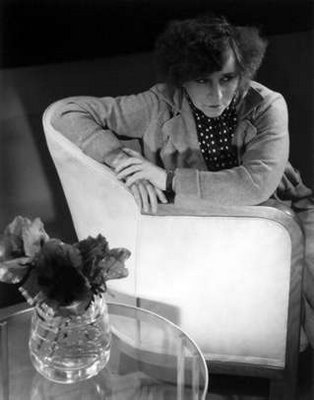
PROPUESTA DE MODELO DE ANÁLISIS DE LA IMAGEN FOTOGRÁFICA
Descripción proyecto:
Nuestra propuesta se formula para el análisis del campo de la fotografía artística, ya que es el tipo de imágenes que da el juego suficiente para poder desarrollar un estudio analítico en profundidad. Creemos que en el contexto actual es más necesario que nunca ofrecer un trayecto metodológico en el estudio de la imagen, y más concretamente en el caso de la fotografía, que contribuya a responder la pregunta “cómo significa la fotografía”.
En el análisis de una fotografía se puede distinguir una serie de distintos niveles, desde la estricta materialidad de la obra, y su relación con el contexto histórico-cultural, hasta un nivel interpretativo.
La presente propuesta de análisis de la imagen fotográfica se completa con la preparación de una base de datos de fotografías, que incluye unos 900 registros, cada uno con una breve ficha técnica, y una selección de 30 fotografías analizadas siguiendo la metodología de trabajo que hemos expuesto. El trabajo de investigación, realizado entre los años 2001-2004, está financiado por la Convocatoria de Proyectos de Investigación BANCAJA-UJI de la Universidad Jaume I, código I201-2001, dirigido por el Dr. Rafael López Lita, Catedrático de Comunicación Audiovisual y Publicidad, la coordinación del Dr. Javier Marzal Felici, Profesor Titular de Comunicación Audiovisual y Publicidad, y el Grupo de Investigación “ITACA-UJI” (Investigación en Tecnologías Aplicadas a la Comunicación Audiovisual). Todo el material puede ser consultado en la página web www.analisisfotografia.uji.es, y ha sido presentado en el I Congreso de Teoría y Técnica de los Medios Audiovisuales, dedicado en esta edición a “El análisis de la imagen fotográfica”, celebrado en Castellón los días 13, 14 y 15 de octubre de 2004.
LINK





























